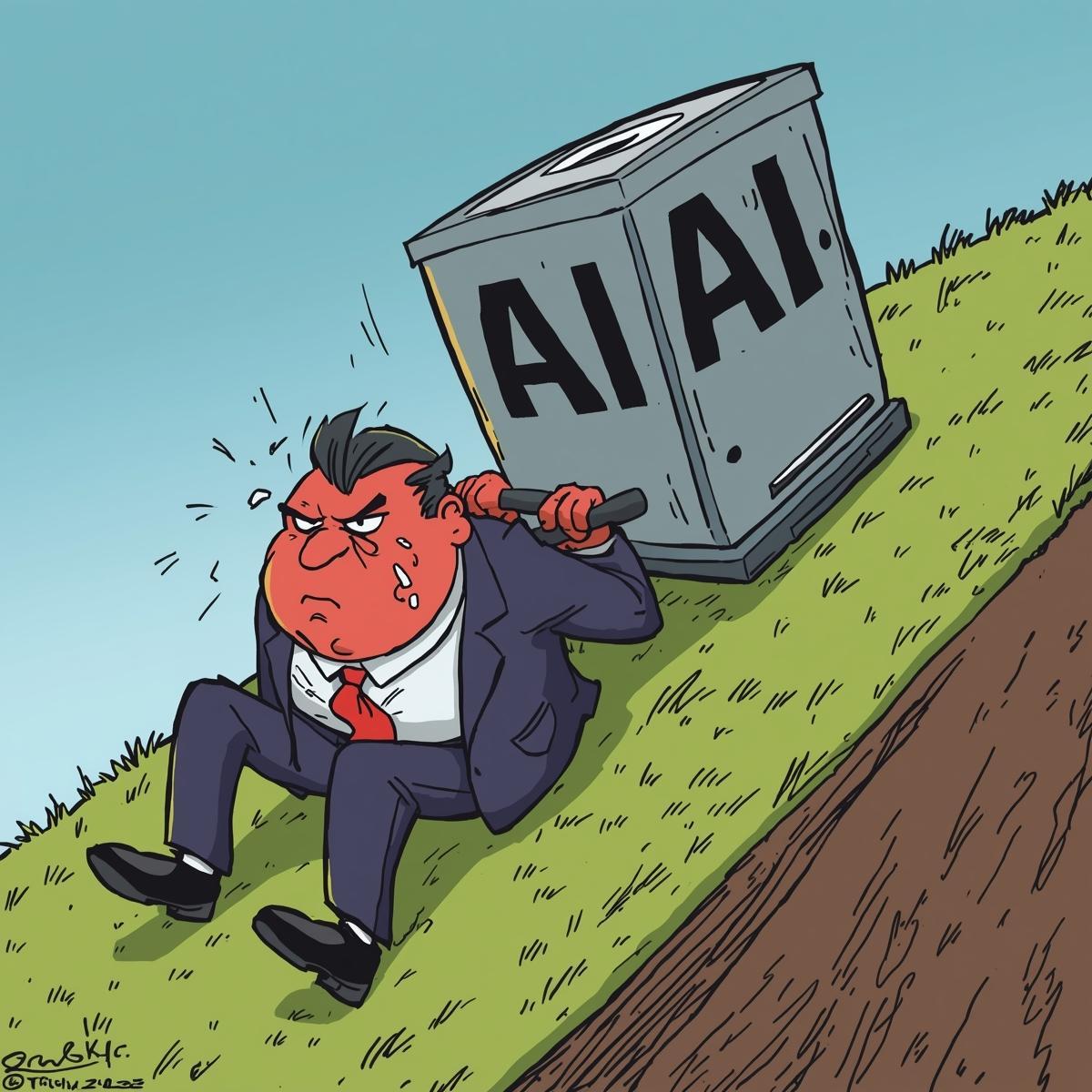
You’ve probably seen the headline: “95% of AI projects are failing.” It’s designed to grab attention. But how accurate is it really?
The Real Problem Behind the Number
MIT’s research found that AI pilots usually fail for four reasons:
- They never make it to production.
- They deliver no measurable financial impact.
- They don’t integrate with existing workflows.
- They get abandoned before completion.
In other words, most of the “failures” aren’t dramatic system crashes, they’re projects that were never fully finished, or never set up to show value in the first place.
And it’s worth remembering: even traditional IT projects fail a lot. Gartner has long reported that up to 80% of tech initiatives miss their goals. So AI’s high failure rate isn’t unprecedented. It just reflects how hard organisational change really is.
Why It’s Happening
The root cause MIT identified is a learning gap:
- Teams don’t know how to design workflows that capture AI’s benefits.
- Leaders struggle to pick the right use cases.
- Integration with existing systems is treated as an afterthought.
Other patterns stand out too:
- Vendor partnerships succeed twice as often as in-house builds.
- Budgets are flowing into low-ROI areas like sales and marketing, while back-office automation quietly delivers better returns.
- Shadow AI is rampant. Staff using personal tools because the organisation hasn’t moved fast enough to adopt them.
The result? Lots of stalled pilots, plenty of experimentation, and only a handful of spectacular wins.
What Can Be Done
The 5% of projects that do succeed aren’t just lucky. They succeed because they:
- Start with AI readiness - mapping processes, data, and skills before buying tools.
- Partner with experts who know how to deploy AI effectively.
- Target use cases with proven ROI instead of chasing hype.
- Work iteratively and start with small wins. Gain traction and rollout more initiatives once the value is proven.
- Invest in education so staff understand how to work with AI, not just around it.
When organisations take that approach, AI stops being a risky gamble and starts becoming a genuine accelerator of value.
The Bottom Line
The “95% failure” claim makes for a good headline, but it hides the real story: most AI projects don’t fail because AI is broken. They fail because organisations aren’t prepared.
The winners are those who close the learning gap, pick the right problems to solve, and equip their people with the right skills.
Want your organisation to be one of the 5% success stories?
Let's chat to see how I help teams through AI Readiness Assessments and my AI Accelerator education program.